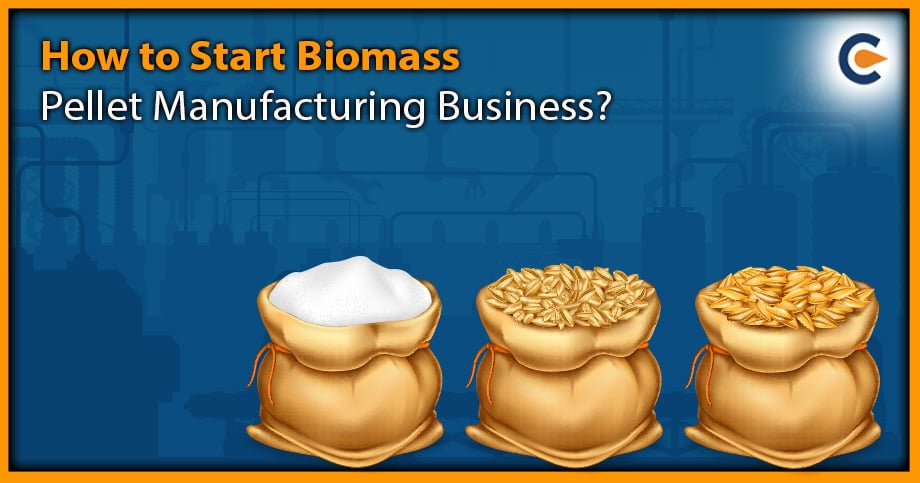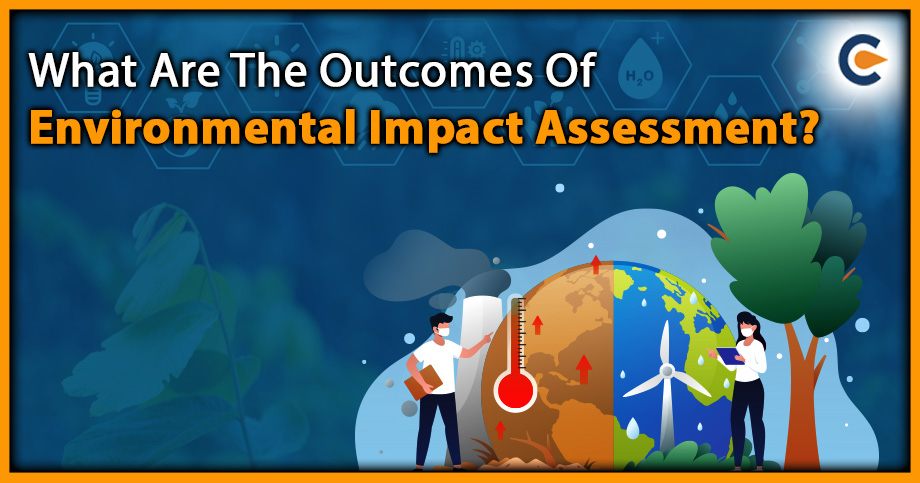The EIA Notification 2006[1] outlines the steps required to obtain EIA for Distilleries, including screening, Scoping, and Appraisal, as well as conducting public consultation and Public Hearings. The Notification covers the Distillery Industry for Environmental Clearance. All new projects, including expansion and modernisation, require prior clearance. Projects are classified into Category A and B based on their pollution potential. The Notification’s purpose is to clarify the Environmental Clearance process and expedite the clearance process. The need for this became more apparent after the establishment of SEIAAs and SEACs in different states, which were responsible for standardising the quality of appraisal and reducing discrepancies in granting Environmental Clearances for similar projects in different states.
Categorisation of the Distillery Industry
The categorisation of the Distillery Industry is as per follows:
- Category A includes all molasses-based distilleries and cane juice/non-molasses-based distilleries with a capacity of 30 KLD or more.
- Category B includes all cane juice/non-molasses-based distilleries with a capacity of less than 30 KLD.
Process of obtaining EIA for Distilleries
The Notification released on September 14, 2006, revised the process for obtaining prior EIA for Distilleries, which now consists of four major stages:
- Screening
- Scoping
- Public consultation
- Appraisal
Each stage has its own set of procedures to be followed. This section provides detailed procedural and technical guidance on conducting an objective-oriented EIA report, reviewing it, and making a decision based on the report.
Screening
The Screening stage is conducted at the beginning of project development to inform the proponents of their obligations before deciding on the project design, budget and execution plan.
- This stage applies only to Category B developmental activity, and if general conditions apply, the project is treated as a Category A project.
- Screening also involves classifying Category B projects into either Category B1 or B2.
- Category B1 projects must follow all stages applicable for Category A projects but are processed at the SEIAA/UTEIAA level.
- Category B2 projects do not require either EIA or public consultation.
- The classification of Category B projects is the responsibility of the SEAC, according to the Notification.
Scoping for EIA for Distilleries
Scoping is a process that identifies important concerns and issues for project decisions and defines the requirements and boundaries of an EIA study. The scoping must be conducted according to the below-mentioned process:
- The project proponent should apply to the concerned Authority in Form 1 (provided in the official guideline), along with a pre-feasibility report and proposed ToR for EIA Studies.
- The concerned EAC/SEAC reviews the application, pre-feasibility report, and draft ToR and makes necessary additions/deletions to create a comprehensive ToR that suits statutory requirements for EIA studies.
- The finalised ToR is conveyed to the proponent within 60 days; if it is not conveyed, the ToR suggested by the proponent is deemed final.
- The final ToR is displayed on the websites of MoEF/SEIAA, and applications for prior environmental clearance may be rejected based on EAC/SEAC recommendations at this stage.
- The concerned Authority scrutinises the final EIA report and other relevant documents submitted by the applicant with reference to the approved ToR for EIA studies.
Terms of reference (ToR)
The ToR in the EIA for Distilleries includes the following points:
- A brief summary of the project, including its objectives, resource usage, justification, and a compilation of the EIA report, EMP and post-project monitoring plan.
- Explanation for selecting the proposed unit size.
- Details on the land requirement, its allocation for different purposes, availability, and optimisation.
- Clear demarcation of various units within the plant on the proposed layout.
- A comprehensive process flow diagram that describes each unit, its processes, and operations, along with energy and material inputs and outputs (material and energy balance).
- The number of working days in the distillery unit.
- Information on proposed source-specific pollution control schemes and equipment to meet national standards.
- Details on the requirement of raw materials, their source, and storage at the plant.
- Information on the requirement of energy and water, along with their source and authorisation from the concerned department.
- Water balance details, including the quantity of effluent generated, recycled, and reused.
- Details of the effluent treatment plant, inlet and treated water quality, and specific efficiency of each treatment unit in reducing environmental parameters.
- Plan of water conservation and recharging methods.
- A detailed plan of spent wash utilisation/management.
- A detailed plan of molasses storage as per the CPCB’s latest guidelines.
- A management plan as a part of EIA for Distilleries for solid/hazardous waste generation, storage, utilisation, and disposal, including boiler ash utilisation and disposal.
- Details regarding infrastructure facilities such as sanitation, fuel storage, restroom, etc., for workers during the construction and operation phase.
- Remediation measures adopted in case of expansion of existing industries to restore environmental quality if groundwater, soil, crop, air, etc. are affected, and compliance with environmental clearance/consent conditions.
- Any pending litigation against the project and/or any direction/order passed by any Court of Law related to environmental pollution and impacts in the last two years, along with details.
Risk Assessment
The risk assessment during the EIA for Distilleries must be done in order to:
- Identify sources of potential hazards.
- Identify areas of concern for safety.
- Create scenarios of accidental release of hazardous materials from the facility.
- Identify vulnerable units using hazard indices.
- Estimate the distance of potential damage from the accidental release using Maximum Credible Accident analysis.
- Use Hazard and Operability studies to identify potential failures with significant consequences.
- Estimate the probability of hazardous events occurring through fault tree analysis and assess the reliability of control paths.
- Evaluate risks based on established risk acceptability criteria.
- Suggest risk mitigation measures based on sound engineering judgment, reliability, and risk analysis.
- Develop or update the Disaster Management Plan (DMP)
- Create safety reports, including external and occupational safety reports
- The risk assessment report should cover the extent of damage with resources to MCA analysis and delineate risk mitigation measures with an approach to DMP.
- Identify hazardous activities, materials, and past accidents.
- Assess the impact of consequences.
- Present the risks.
- Provide risk mitigation measures.
- Develop DMPs.


Decision making
In the decision-making process, the SEIAA/SEAC will review the recommendations of the appraisal committee and make a decision w.r.t. EIA for Distilleries within 45 days.
- If the Authority disagrees with the recommendations, they must provide reasons to the appraisal committee and applicant within 45 days. The appraisal committee will then have 60 days to provide their views on the Authority’s observations. The Authority will then decide within 30 days based on the appraisal committee’s views.
- If the Authority does not convey a decision within the specified time frame, the proponent can assume that the environmental clearance has been granted or denied based on the final recommendation of the appraisal committee. The decision of the appraisal committee will be made public once the Authority’s decision period has ended.
Conclusion
EIA (Environment Impact Assessment) for Distilleries is mandatory for the establishment and operation of distilleries. The clearance process involves various steps, including applying (in Form 1), conducting an environmental impact assessment, and obtaining recommendations from the appraisal committee. The Regulatory Authority must review the recommendations and provide a decision within a specific time frame. If the decision is not conveyed within the given period, the proponent can assume that the environmental clearance has been granted or denied based on the final recommendation of the appraisal committee.
Read Our Article: How To Obtain EIA For Sugar Industries: An Overview











